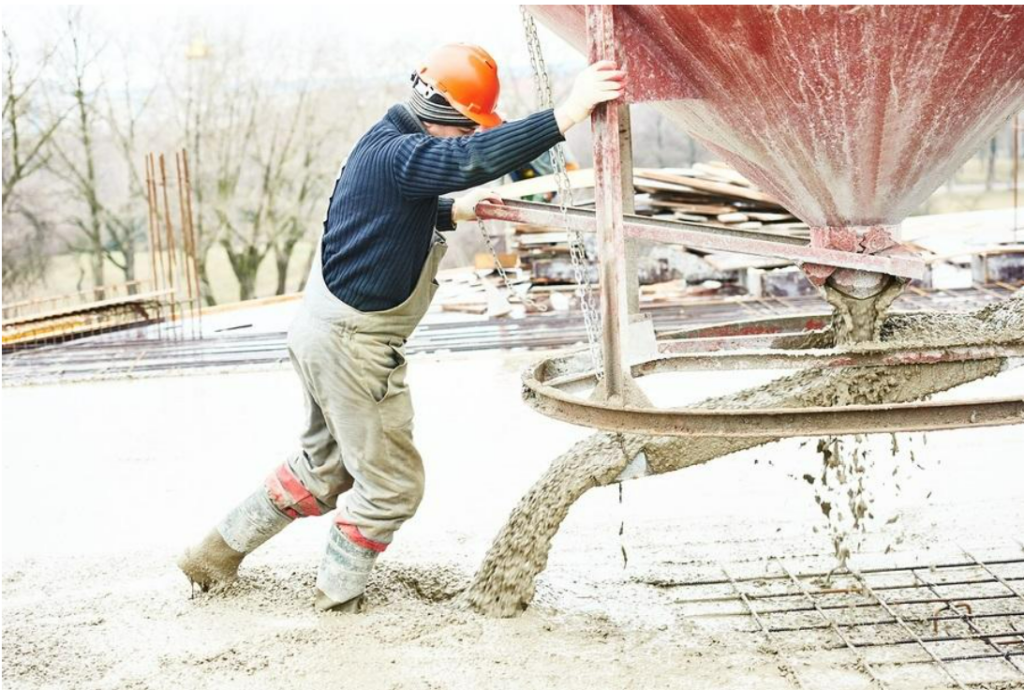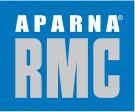Things You Need to Know While Concreting in Winter

August 6, 2024
Concreting in winter presents several challenges, primarily due to the cold temperatures, which can affect the setting, curing, and overall quality of the concrete. Addressing these challenges requires thorough planning, careful execution, and adherence to best practices for cold weather concreting.
Here are some of the main challenges and how Ready-Mix Concrete tackles those challenges:
1.Freezing and Delayed Setting Time:
Cold temperatures slow down the hydration process, leading to longer setting times. This can delay construction schedules and increase labor costs. Special care has to be taken about the setting time in cold temperature concreting or it can result in major problems for the site. Similarly, freshly poured concrete is at risk of freezing before it gains sufficient strength. Freezing can cause severe damage to the concrete, including reduced strength and durability.
2.Thermal Cracking:
Temperature differences between the surface and the interior of the concrete can lead to thermal cracking. These cracks occur when there are significant temperature differences within the concrete structure, causing different parts to expand or contract at different rates. This is particularly problematic when the surface cools too quickly.
3.Inadequate Strength Development:
Cold weather can prevent concrete from reaching its designed strength within the expected time frame, impacting the project timeline and structural integrity. It leads to the risk of weak-base buildings that would impact the whole project.
4.Difficult Workability:
Lower temperatures can make concrete less workable, requiring more effort to place and finish. Cold weather affects the handling and storage of materials like water, aggregates, and admixtures, potentially leading to inconsistent mixes. Workability of labor is also affected by cold weather so measures have to be taken to counter that too.
5.Admixture Performance:
Some admixtures, such as accelerators speed up the hydration process of cement, allowing the concrete to gain strength more rapidly in cold temperatures. Air-Entraining Agents are admixtures that create microscopic air bubbles in the concrete mix, improving its resistance to freeze-thaw cycles.
6.Quality Control:
Maintaining consistent quality control is more challenging in cold weather, necessitating more frequent testing and monitoring of the concrete’s temperature and strength development.
Frozen ground or subgrade can cause uneven settling and inadequate bonding with the concrete.
Concreting in cold weather requires special precautions and precise planning to ensure the concrete sets and cures properly.
Here are key considerations and steps to follow:
1.Prior Planning:
These issues can be tackled through prior planning. For eg monitoring weather forecasts to plan concrete pours during periods of warmer temperatures. Again through use of insulation material like insulating blankets and straw ready to cover the freshly poured concrete, these crucial problems of cold weather concreting can be tackled. By using warm water in the concrete mix the problem of freezing can be tackled, and adding accelerators should also be considered to speed up setting time.
2.Site Preparation:
Site preparation to tackle the cold weather includes ensuring that the subgrade is not frozen. If necessary, thaw it out with heaters or insulated blankets. Further, keep forms and rebar free from ice and snow. Along with this, proper safety measures have to be followed in cold weather to reduce chances of freezing and other casualties. These safety protocols include proper clothing for workers and precautions against freezing conditions. These two heads should be taken care of prior to concreting.
3.Mix Adjustments:
In cold winter concreting mix adjustments have to be done to protect the load from freezing, to maintain strength, and remove thermal cracking. One way to do this is by using heated water to keep the mix temperature above freezing. Further accelerators and antifreeze admixtures can be added to the concrete mix to promote faster curing and reduce the risk of freezing. Accelerators speed up the hydration process, while antifreeze admixtures lower the freezing point of water in the concrete mix. Another admixture that can be added is air entrainment admixtures that increase the air entrainment to improve freeze-thaw resistance. This is crucial in cold weather concreting where water in the concrete can freeze and expand, potentially damaging the structure.
RMC producers adjust mix designs to include the appropriate admixtures based on anticipated weather conditions and project requirements. This ensures that the concrete mix is tailored to perform well in cold weather, maintaining adequate workability and achieving desired strength development.
4.Placement and Finishing:
Quick Placement and finishing of concrete quickly is very important to minimize exposure to cold temperatures. After finishing, cold winds can harm the finished concrete so Wind Protection becomes crucial. Using windbreaks to protect the concrete surface from cold wind can be one solution. Erecting temporary enclosures or windbreaks around the concrete placement area can also significantly reduce the impact of cold winds. Further, covering freshly poured concrete with insulating blankets or tarps helps retain heat generated by the hydration process.
Using Ready-Mix Concrete allows for efficient and timely placement of concrete, as trucks can deliver the material directly to the construction site at the required slump and consistency. This is advantageous in winter when delays in on-site mixing and curing can be more problematic.
5.Curing:
For effective curing the first step is to immediately cover the concrete with insulating blankets or tarps to retain heat. Next, use heaters to maintain a warm environment around the concrete, but avoid direct heat which can cause cracking. In some cases, steam curing may be used to accelerate the hydration process and raise the concrete temperature. This method requires specialized equipment and careful control to prevent thermal shock. Preventing rapid drying of the concrete surface is crucial in cold weather. Techniques such as applying curing compounds or moisture-retaining coverings (like plastic sheets) can help retain moisture and slow down moisture loss.Continuous monitoring of concrete temperature and conditions during curing is essential. Adjustments may be needed to maintain optimal curing conditions, such as adjusting insulation or applying additional heat. For best results keep the concrete temperature above 50°F (10°C) for the first 48 hours.
RMC suppliers often use specialized trucks equipped with heating systems to prevent concrete from freezing during transportation in cold weather. This minimizes the risk of cold joints and ensures uniform curing conditions.
6.Post-Curing:
Our responsibilities do not end with curing, an effective post-curing session is needed for concrete strength. First thing to take care of if Gradual Cooling, for this gradually remove insulation and heat to avoid thermal shock. Further, ensure the concrete reaches adequate strength before exposing it to freezing temperatures.
Regularly monitoring the temperature and moisture conditions of the concrete during the post-curing period is also needed. Adjust insulation, heating, or other measures as needed to maintain optimal curing conditions. Due to slower hydration rates in cold weather, concrete often requires a longer curing period compared to warmer conditions. This extended period ensures that the concrete achieves adequate strength and durability.
Choose Aparna RMC
Aparna RMC takes these precautions and helps ensure the concrete cures properly, even in cold weather conditions. By employing these methods and considerations, Aparna Ready-Mix Concrete effectively cures concrete during winter, ensuring that the concrete achieves the desired strength and durability despite challenging weather conditions. Aparna Ready-Mix Concrete also takes special care esuring that concrete structures achieve the desired strength, durability, and performance despite adverse weather conditions. In conclusion, combining Aparna Ready-Mix Concrete with appropriate admixtures tailored for cold weather conditions allows construction projects to effectively manage challenges associated with winter concreting.
Excerpt
Explore expert insights into winter concreting techniques, from temperature management and specialized admixtures to ensuring durability in challenging cold weather conditions
